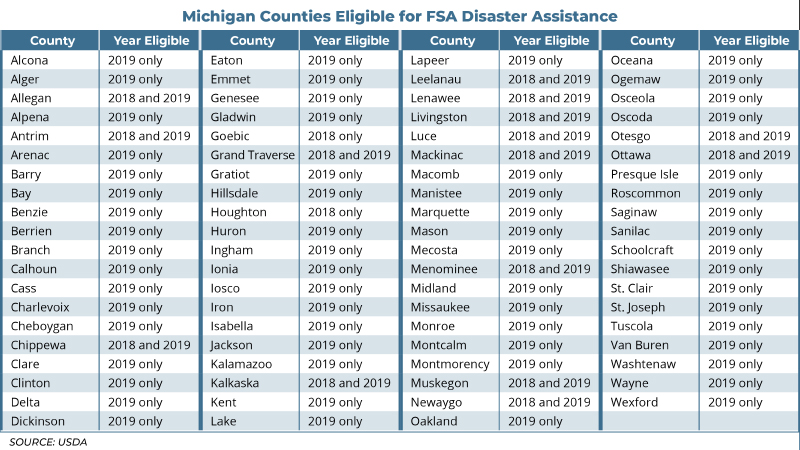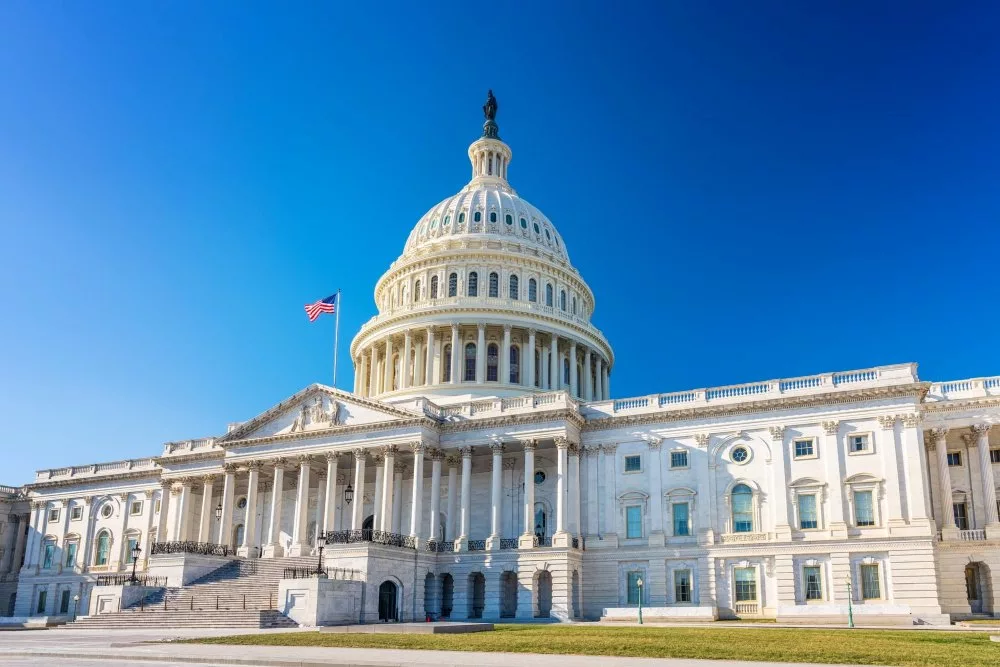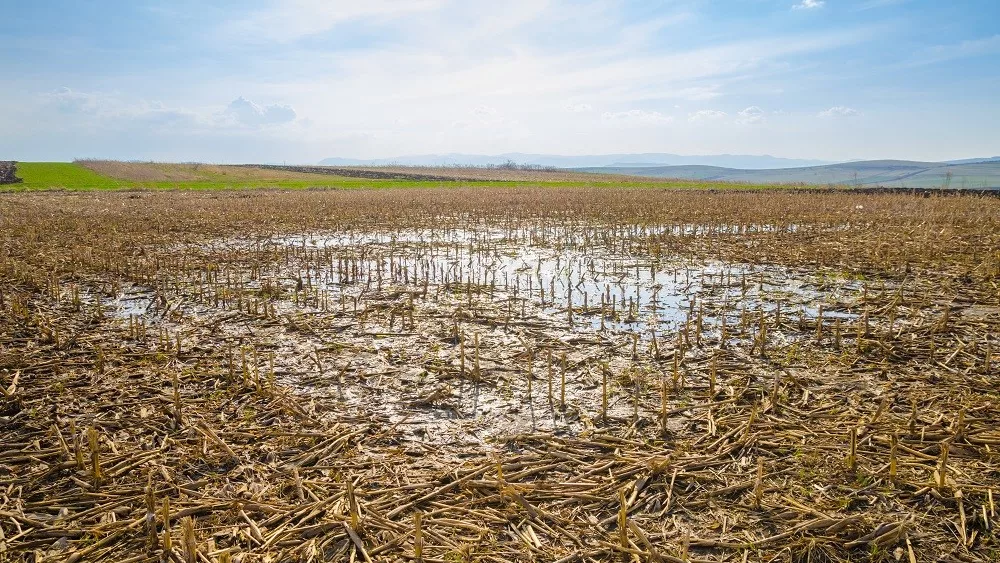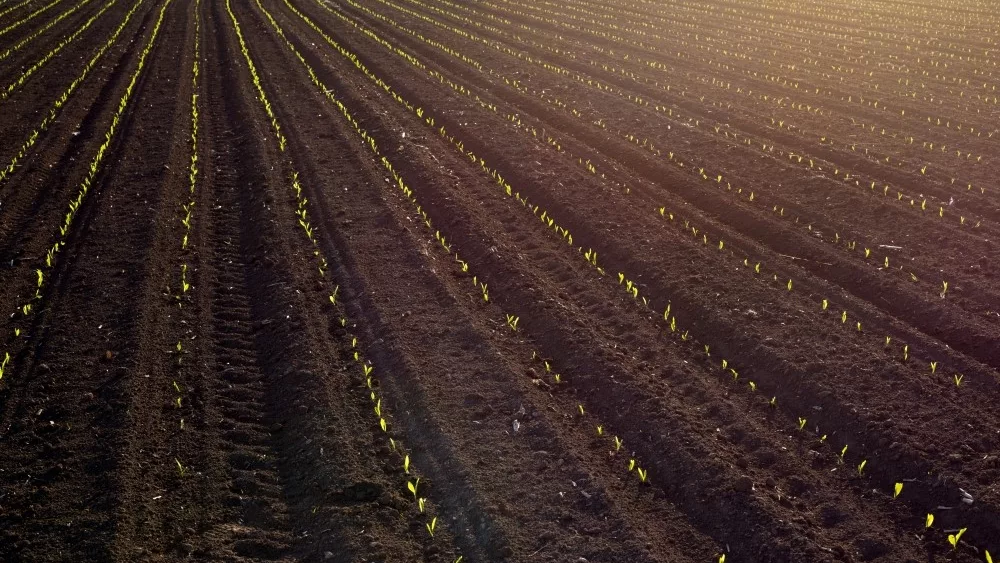
While the focus of USDA assistance has centered on the recently announced Coronavirus Food Assistance Program or CFAP, many producers may have overlooked disaster program enrollment for weather-related losses in 2018 and 2019.
The U.S. Department of Agriculture (USDA) has started making payments through the Wildfire and Hurricane Indemnity Program – Plus (WHIP+) to agricultural producers who suffered eligible losses because of drought or excess moisture in 2018 and 2019.
Signup for qualified causes of loss opened on March 23, and producers who suffered losses from drought (in counties designated D3 or above), excess moisture, hurricanes, floods, tornadoes, typhoons, volcanic activity, snowstorms or wildfires can still apply for assistance through WHIP+.
Producers in 79 Michigan counties qualify for the disaster assistance program as result of weather-related losses according to Michigan Farm Bureau Field Crops Specialist, Theresa Sisung.
“While some counties qualify for losses in 2018, a significant number of Michigan counties qualify due to record-setting rain fall events in2019,” Sisung explained. “In many cases, producers in several counties are eligible for losses incurred in both 2018 and 2019.”

For losses due to drought, a producer is eligible if any area of the county in which the loss occurred was rated D3, or extreme drought, or higher on the U.S. Drought Monitor during calendar years 2018 or 2019.
In addition to eligible losses of drought and excess moisture, USDA’s Farm Service Agency (FSA) has also implemented a WHIP+ provision for crop quality loss that resulted in price deductions or penalties when marketing crops damaged by eligible disaster events, according to Sisung.
To ensure an effective program for all impacted farmers, the FSA is currently gathering information on the extent of quality loss from producers and stakeholder organizations. Losses located in a county not designated by USDA as a primary county may still be eligible if a producer provides documentation showing that the loss was due to a qualifying natural disaster event.
To be eligible for WHIP+, producers must have suffered losses of certain crops, trees, bushes or vines in counties with a Presidential Emergency Disaster Declaration or a Secretarial Disaster Designation (primary counties only) for qualifying natural disaster events that occurred in calendar years 2018 or 2019. Producers who suffered losses should contact their FSA county office.
According to USDA, Congress originally approved a $3 billion disaster relief package in June 2019, followed by approval of an additional $1.5 billion in December 2019 through the Further Consolidated Appropriations Act of 2020 for continuation of disaster assistance for losses experienced in 2019.
USDA has also entered into agreements with six sugar beet processing cooperatives to distribute $285 million to grower members of those cooperatives who experienced loss during last fall’s harvest due to heavy precipitation that hindered harvest before a killing frost.
USDA Service Centers, including FSA county offices, are open for business by phone only, and field work will continue with appropriate social distancing. While program delivery staff continue to work at local offices, they will be working with producers by phone and using online tools whenever possible.
All Service Center visitors wishing to conduct business with the FSA, Natural Resources Conservation Service or any other Service Center agency are required to call their Service Center to schedule a phone appointment.
More information on Service Centers can be found at farmers.gov/coronavirus, and more information on WHIP+ can be found at farmers.gov/whip-plus.





